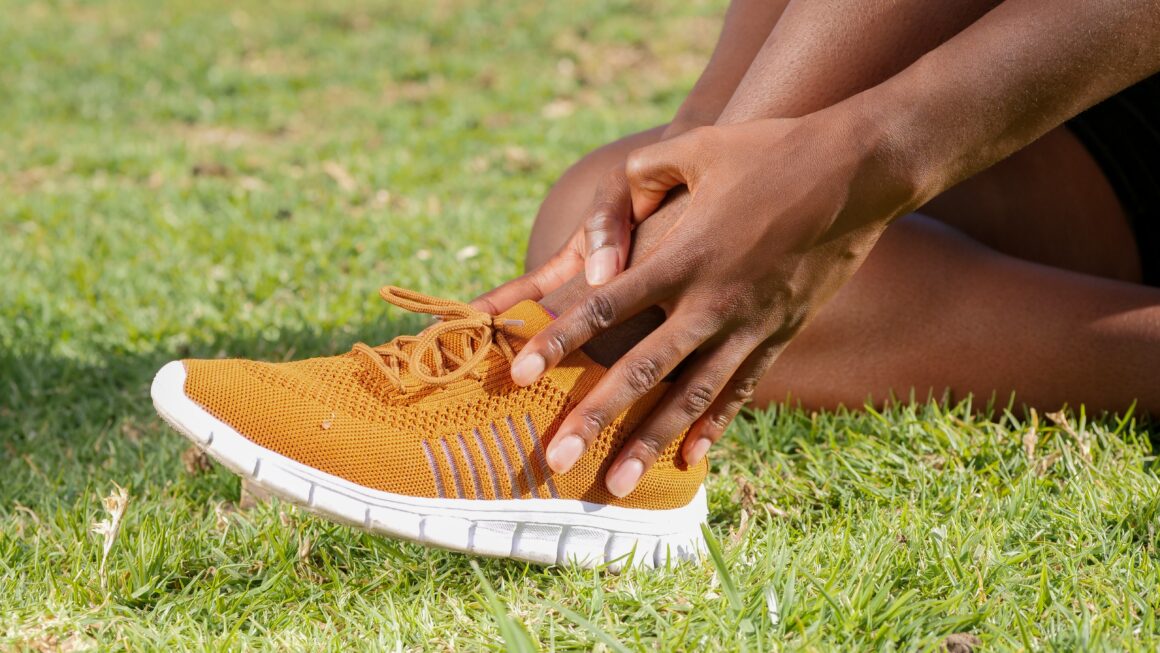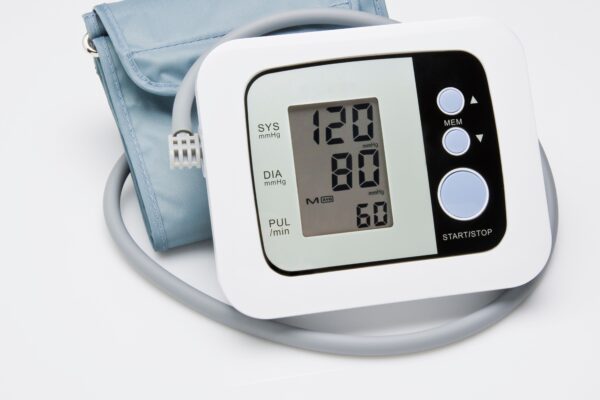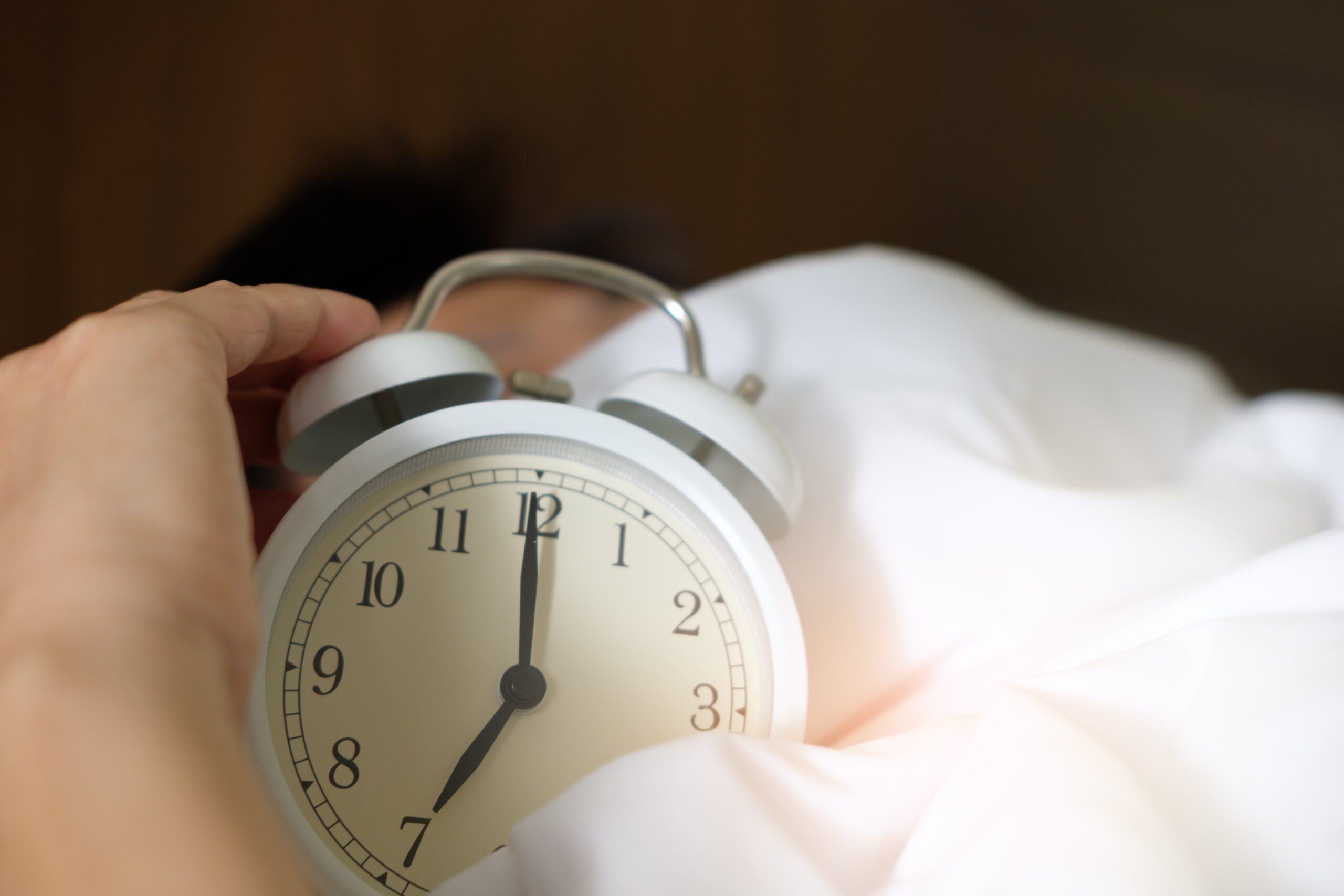What is it?
The plantar fascia is thick, fibrous tissue that extends from the heel of the foot to the base of each toe. It serves as a support for the arch of the foot. It has elastic properties to support the foot during high-impact activities such as running. When the plantar fascia tissue becomes aggravated or inflamed, it is then called plantar fasciitis.
How is it caused?
Several different symptoms classify plantar fasciitis. Typically a person suffering from plantar fasciitis experiences pain along the arch of their foot or at the bottom of their heel. This pain can be worse first thing in the morning with their first steps or the first steps after a long period of sitting or inactivity. Pain can also be experienced by running long distances or walking/standing for long periods in unsupportive shoes.
What can you do?
Several treatment methods address plantar fasciitis, but my top 4 recommended exercises are below.
- The first is self-mobilization. For the acute phase, when pain is moderate to severe, I recommend rolling the bottom of the foot on a tennis ball. This has a somewhat soft exterior with some give to it, so you can moderate how much pressure you’re putting on the foot. Always steer clear of the heel and toes, as those are bony areas that respond negatively to mobilization and can aggravate symptoms further. I recommend using a golf ball to dig deeper into the tissue for someone with milder symptoms. However, still, stay off of those bony areas. In either situation, I recommend mobilizing the bottom of the foot for 1-2 minutes with tolerable pressure 2-3 times per day. You should never push through pain!
- The second focus would be calf stretching. Tight calves are typically a precursor to plantar fasciitis. There are many ways to stretch your calves, so finding out which is best for you is important. A stretch should never be painful and should only feel like a gentle pulling sensation. One way to stretch the calf muscle is with a standard runner’s stretch. Bring one leg back with the leg straight and toes pointed forward. Keeping the heel of the back leg down, bend the front knee until a gentle stretch is felt in the back of the lower leg. Here is an alternative for those who experience heel pain during a runner’s stretch. Find a step or curb and step up with both feet. Keep 1 foot completely on the step, and then move your other foot so that the edge of the step rests on the ball of the foot. Slowly drop the heel down of that foot until a gentle stretch is felt in the lower leg. For either of these stretches, hold 20-30 seconds and perform 3x on one leg before switching legs. Perform this 2-3 x per day.
- Another helpful stretch targets the plantar fascia and arch of the foot directly. This stretch should only be performed if pressure through the heel is tolerable. Start by placing the ball of your foot on the bottom edge of a wall and gently lean your body forward to get a comfortable stretch along the arch of the foot. Hold for 20-30 seconds, repeat 3x on one foot before switching, and perform 2-3x per day.
- The last exercise involves mobilizing the plantar fascia dynamically, meaning with movement. In a seated position, place a towel on the ground. Use your toes of 1 foot to scrunch the towel. Hold for a count of 5 and repeat 10x.
About Jamie Clauson, DPT
Originally from San Jose, California, Jamie graduated from Archbishop Mitty High School, where she played 1 year of soccer before eventually needing 3 ankle surgeries. This experience is what kick-started her love and passion for physical therapy. She proceeded to graduate from Samuel Merritt University with her Doctorate of Physical Therapy in 2012. Aside from her passion for physical therapy, Jamie has a special love of baking. Anything from cakes to cookies to pies, she is up for a challenge and always trying new recipes. Jamie also loves the outdoors – beach, hiking in the redwoods, spending time with her husband and son, and cheering for all the local teams – Sharks, Warriors, and Earthquakes. Jamie has primarily worked in an outpatient orthopedic setting serving a diverse population of patients – post-op, gait/balance deficits, weekend warriors, and general orthopedic pain/ limitation. She uses a combination of manual therapy, therapeutic exercise, and education to work with each patient to achieve their goals. To further benefit her patients, Jamie is trained in myofascial decompression, kinesiotaping, and BFR, which she can incorporate into her treatments
Photo by Kindel Media




